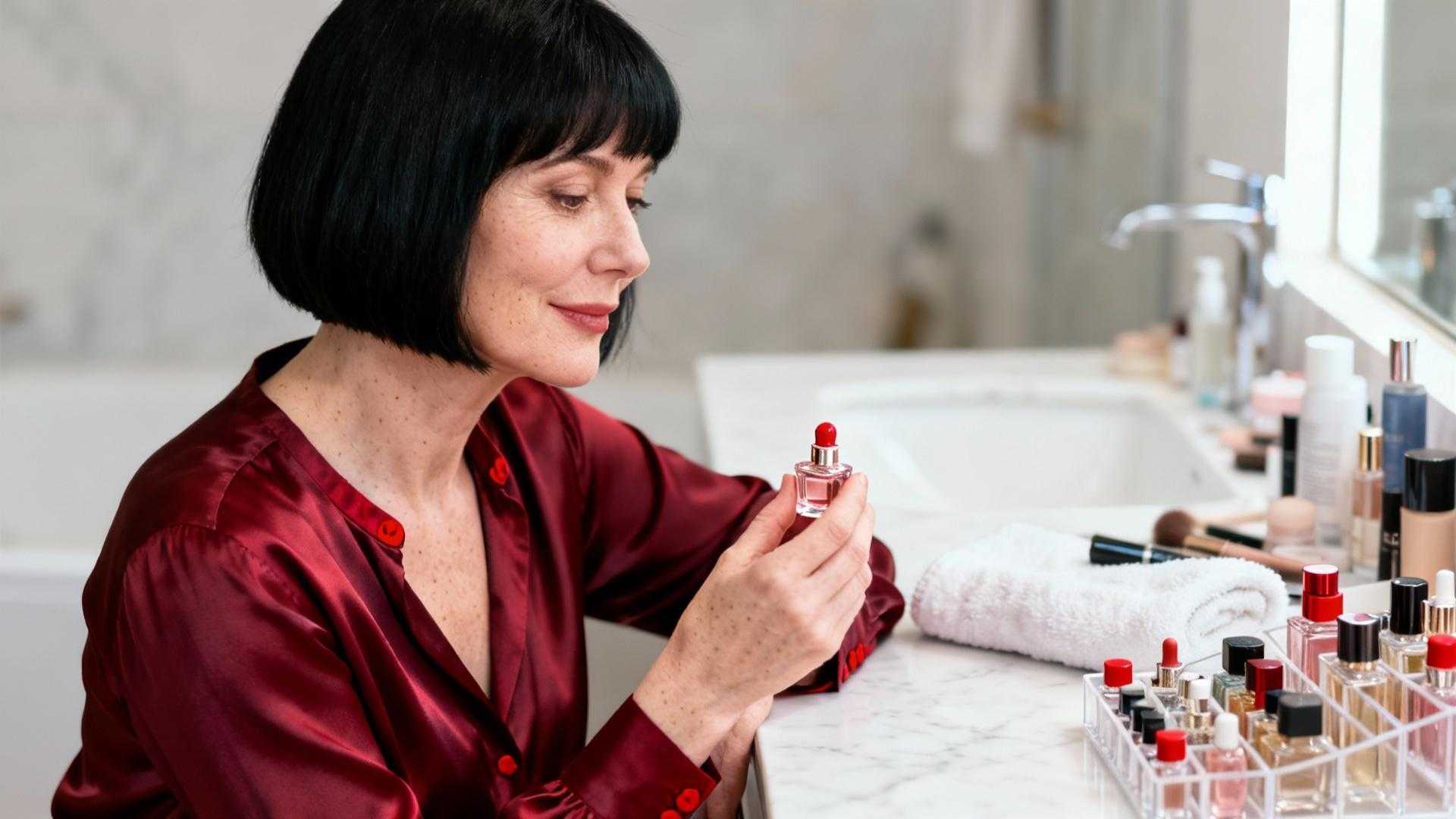I walked past a beauty editor’s desk last month and noticed something curious: five tiny perfume bottles lined up like soldiers, each no bigger than a lipstick. “These are my secret weapons,” she confessed, gesturing to her miniature fragrance collection. In 2025, this isn’t an isolated quirk—it’s a movement reshaping how Americans think about scent. These pocket-sized bottles have become the unexpected answer to our increasingly mobile, personalized lives.
The tiny bottle revolution taking over beauty routines
Something fascinating happened when Baccarat Rouge 540 went viral on TikTok last year. Suddenly, everyone wanted that £245 bottle, but smarter shoppers discovered the 35ml version at a fraction of the commitment. Sarah Mitchell, a marketing director from Chicago, explains her conversion: “I used to commit to one big bottle and get bored halfway through. Now I rotate between five tiny ones based on my mood.”
This shift reflects a broader cultural change. We’re no longer looking for our “signature scent”—we’re building fragrance wardrobes. Just like tiny accessories replacing oversized pieces, these compact bottles fit perfectly into our minimalist, maximalist-at-heart lifestyles.
Why editors can’t stop talking about these specific scents
Marissa Zappas created something unexpected with her Annabel’s Birthday Cake fragrance: a scent that literally smells like latex balloons mixed with vanilla frosting. “The tiny bottle concept allows for emotional storytelling in scents,” she told Coveteur. That unusual combination—nostalgic yet modern—captures exactly what’s working in 2025.
“Social media, especially TikTok, can turn a niche fragrance like Baccarat Rouge 540 into a cult phenomenon overnight.” — Venus Wong, Beauty Editor at Refinery29
Boy Smells’ Cologne de Parfum represents another trend: gender-fluid fragrances that combine traditionally masculine cedar notes with feminine florals. The brand’s robust TikTok presence, with millions of views, proves consumers are hungry for scents that defy old categories.
The portability factor nobody expected
Remember when carrying perfume meant risking a bag catastrophe? Those days feel ancient now. These travel-friendly bottles slip into gym bags, office drawers, and evening clutches without drama. Similar to how tiny bags replacing oversized totes changed fashion logic, miniature fragrances solve problems we didn’t realize we had.
- Morning commutes: Refresh your scent before important meetings without carrying bulky bottles
- Weekend getaways: Pack three different fragrances without exceeding TSA liquid limits
- Gym transitions: Switch from workout to dinner-ready in seconds
- Mood flexibility: Match your scent to your outfit, occasion, or emotional state
What sustainability has to do with it
DedCool experienced 61% year-over-year growth partly because their modular layering sets reduce waste. Instead of abandoning a full-size bottle you’ve grown tired of, you finish smaller amounts and move on guilt-free. The clean ingredients and transparent sourcing matter too—Gen Z consumers research brands before purchasing, and they’re voting with their wallets.
Guerlain’s perfumer Delphine Jelk designed Rosa Verde inspired by skincare rituals, blending cucumber and rose for a comforting experience. “Our approach was inspired by skincare rituals; soothing and refreshing, perfect for grounding your day,” she explained to Harper’s Bazaar UK.
The layering technique everyone’s learning
Here’s where tiny bottles truly shine: experimentation without commitment. Bond No. 9’s New York Chic vanilla layers beautifully with floral or woody base scents, creating custom combinations. YouTube reviewer Erin Nicole notes that this sophisticated vanilla “has elegance without cloying sweetness—great for layering.”
“The tiny bottle concept allows for emotional storytelling in scents—like the birthday cake fragrance evoking nostalgia with a twist of unusual notes like latex balloon.” — Marissa Zappas, Indie Perfumer
The price point sweet spot
Between $35 and $150, these bottles hit the accessible luxury mark perfectly. You’re not gambling $300 on a scent you might hate in three months. Nest’s Santa Barbara Strawberry Oil at £35 or Maison Margiela’s Replica minis around $75 make high-quality fragrance democratic.
This pricing parallels trends we’re seeing elsewhere—like tiny nail art designs under $15, proving that thoughtful luxury doesn’t require massive investment.
How social media changed everything about scent discovery
TikTok’s fragrance content garners tens of millions of views, with hashtags like #PerfumeTok reaching over 10 million impressions. Influencers show their morning routines, explaining scent layering techniques in 60-second videos. This visual storytelling transforms abstract fragrance notes into relatable lifestyle moments.
- Authentic reviews: Real people showing how scents actually smell throughout the day
- Layering tutorials: Step-by-step combinations that work for different occasions
- Bottle aesthetics: Minimalist designs that photograph beautifully for Instagram reels
What’s working right now in fragrance retail
Sephora expanded their mini perfume section by 40% in the past year, recognizing that customers want variety over volume. Liberty London stocks limited-edition tiny bottles like Diptyque’s Orphéon EDP, which sells out within weeks. The retail strategy shifted from pushing large commitments to encouraging exploratory purchases.
The connection to broader fashion trends is unmistakable—just as tiny sunglasses replacing oversized frames and tiny shoes taking over 2025 demonstrate, we’re embracing smaller, more intentional choices across all style categories.
Where is this trend headed next?
Industry analysts predict customizable scent pods will emerge by 2026, allowing even more personalized combinations. Biotech ingredients promise sustainability improvements, while wellness integration continues growing—think aromatherapy-meets-luxury fragrance. The market’s expanding at 5.3% annually, driven by consumers who view scent as essential self-expression. Will your next fragrance purchase prioritize size flexibility, or will you stick with traditional bottles?
